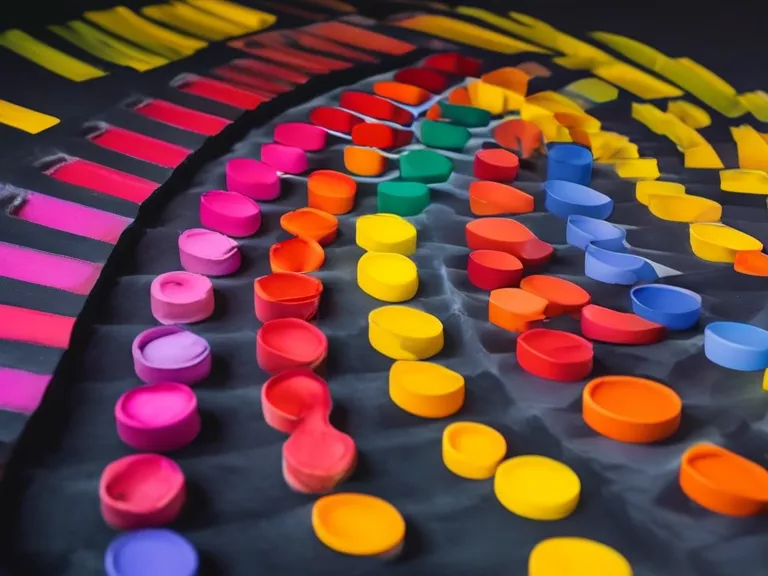
Color theory plays a crucial role in photography composition, as it helps create visually appealing images by understanding how colors interact with each other. By incorporating color theory principles into your photography, you can elevate the impact and storytelling of your images. Here are some tips on how to use color theory to improve your photography composition:
Understanding the Color Wheel: The color wheel is a fundamental tool in color theory that helps you grasp how colors relate to each other. By familiarizing yourself with the color wheel, you can easily identify complementary, analogous, or triadic color schemes to use in your compositions.
Color Harmony: Creating harmonious color combinations in your photographs can enhance the overall mood and feeling of your images. Experiment with harmonious color schemes such as monochromatic, analogous, or complementary colors to evoke specific emotions in your viewers.
Color Contrast: Utilizing contrasting colors in your compositions can create dynamic visual interest and make your subject pop. Contrast can be achieved by pairing colors that are opposite on the color wheel, such as red and green, or by combining warm and cool tones.
Color Balance: Achieving a balance of colors in your composition is essential to prevent one color from overpowering the rest. Pay attention to the distribution of colors in your frame and adjust the composition to ensure a harmonious balance of hues.
Color Temperature: Consider the temperature of colors in your compositions, as warm tones can evoke a different mood compared to cooler tones. Experiment with the white balance settings on your camera to control the overall color temperature of your images.
By incorporating these color theory principles into your photography composition, you can create stunning and impactful images that resonate with your viewers. Experiment with different color combinations, contrast levels, and balance to elevate the visual impact of your photographs.



